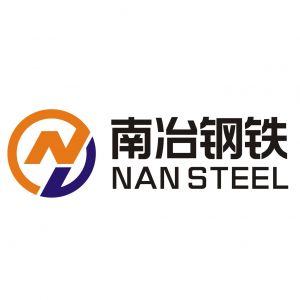Common defects of steel pipe weldingPosted by chase Liu on July 31st, 2023 Welded steel pipe refers to a steel pipe with seams on the surface that is welded after bending and deforming a steel strip or steel plate into a circular, square or other shape. The blanks used for welded steel pipes are steel plates or strips. With the rapid development of continuous rolling production of high-quality strip steel and the advancement of welding and inspection technology, the quality of welds has been continuously improved, and the varieties and specifications of welded steel pipes have increased day by day, and seamless pipes have been replaced in more and more fields. Welded steel pipes have lower cost and higher production efficiency than seamless steel pipes Welded steel pipes can sometimes exhibit defects during the welding process or due to material and production issues. These defects can affect the structural integrity and overall performance of the pipe. Some of the common defects of steel pipe welding include: 1. Incomplete Penetration: This occurs when the weld metal does not fully penetrate through the thickness of the base metal. It can result in a weak joint that may lead to leakage or failure under stress. 2. Lack of Fusion: Lack of fusion happens when the weld metal fails to fuse completely with the base metal or the previously deposited weld metal. It can create a gap or void, reducing the strength of the weld joint. 3. Porosity: Porosity is the presence of gas pockets or voids in the weld metal caused by the entrapment of gas during the welding process. These voids can weaken the weld and make it more susceptible to corrosion. 4. Cracks: Various types of cracks can occur in the weld, such as longitudinal cracks, transverse cracks, and crater cracks. Cracking can be caused by factors like high cooling rates, improper welding techniques, or the presence of impurities. 5. Undercut: Undercut is a groove or depression formed at the base of the weld bead, often along the edges of the joint. It can reduce the cross-sectional area of the weld and lead to stress concentration. 6. Weld Overlaps: Weld overlaps occur when the weld metal from successive weld passes does not fuse correctly with the previous bead, resulting in overlapping layers. This can weaken the weld and create uneven surfaces. 7. Excessive Weld Reinforcement: Excessive weld reinforcement happens when the weld bead protrudes significantly beyond the base metal's surface. It can create stress concentration points and cause issues during fit-up in certain applications. 8. Misalignment and Deviations: Misalignment and deviations in the welding process can result in irregular weld profiles and uneven distribution of weld material, leading to potential weaknesses. 9. Burn-Through: Burn-through occurs when the welder applies excessive heat or welding current, causing the base metal to melt through at localized points. This defect can create holes and reduce the wall thickness of the pipe. 10. Weld Spatter: Weld spatter refers to the small droplets of molten metal that can be ejected during the welding process. These droplets may cause surface irregularities and affect the appearance of the weld. It is essential to perform thorough quality control and inspection during the welding process to detect and address these defects. Various non-destructive testing (NDT) methods, such as ultrasonic testing, X-ray inspection, and magnetic particle testing, are used to identify and assess potential defects in welded steel pipes. Proper welding procedures, skilled welders, and high-quality materials also play crucial roles in minimizing the occurrence of these defects. Like it? Share it!More by this author |


